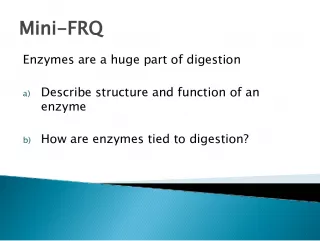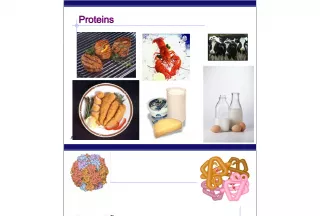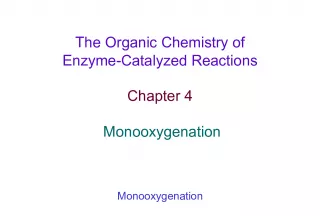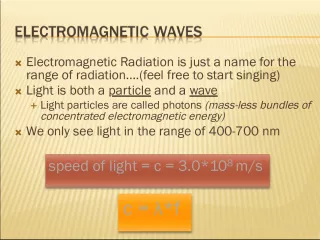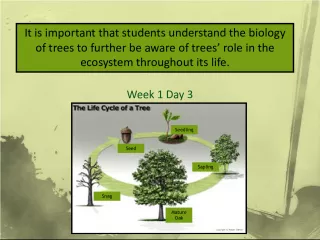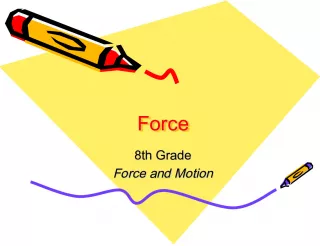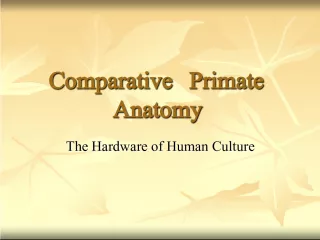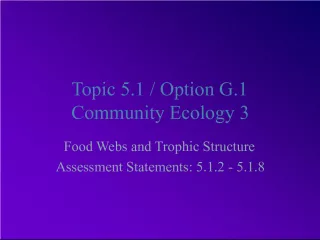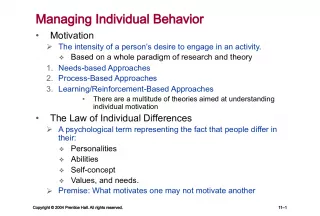Understanding Enzymes


Enzymes are proteins found in organisms that speed up chemical reactions and have specific functions like breaking down carbs and proteins.
- Uploaded on | 0 Views
-
 hans-helmut
hans-helmut
About Understanding Enzymes
PowerPoint presentation about 'Understanding Enzymes'. This presentation describes the topic on Enzymes are proteins found in organisms that speed up chemical reactions and have specific functions like breaking down carbs and proteins.. The key topics included in this slideshow are . Download this presentation absolutely free.
Presentation Transcript
1. StarchBreak It Down! p. 369
2. What is an enzyme? n A protein found in organisms with a specific function. Examples : Protease breaks down proteins Lipase breaks down lipids Amylase breaks down carbs n Where do you think these enzymes are found? n What is similar between the 3 enzymes?
3. Function of Enzymes n Reduce the amount of activation energy needed to start a chemical reaction. As a result the enzyme acts as a catalyst by speeding up the reaction. Ex. Digestion would take a lot longer w/o enzymes! n Control very specific reactions (see lock and key model) Breakdown reactions, ex. Digestion Synthesis reactions, ex. Protein Synthesis (making of proteins from ?????)
4. Progress of the reaction Products Reactants Change in free energy (G ) is unaffected by enzyme Course of reaction without enzyme Free energy E A without enzyme E A with enzyme is lower Course of reaction with enzyme
5. Lock & Key Model Enzyme Substrate Enzymes are substrate specific! Observe the picture above. Provide evidence that supports the claim that enzymes are substrate specific.
6. Enzyme Function (Hydrogen Peroxide) H 2 O O 2 + (Products)
7. Purpose of this lab! (See NTK Box, p. 370-71) n Your team will investigate the role of amylase in breaking down starch into smaller molecules called maltose and glucose. How do different variables affect enzyme reactions?
8. Variables (circle one) n Amylase Concentration n Starch Concentration n Temperature n pH (acidic or basic environment)
9. Guidelines n You will be observing: The amount of glucose produced. The presence of starch. n You will collect data: 0 minutes 4 minutes n You must use both amylase and starch, but change only 1 variable! n Note: You are doing this for all 3 concentrations, temperatures, or pHs
